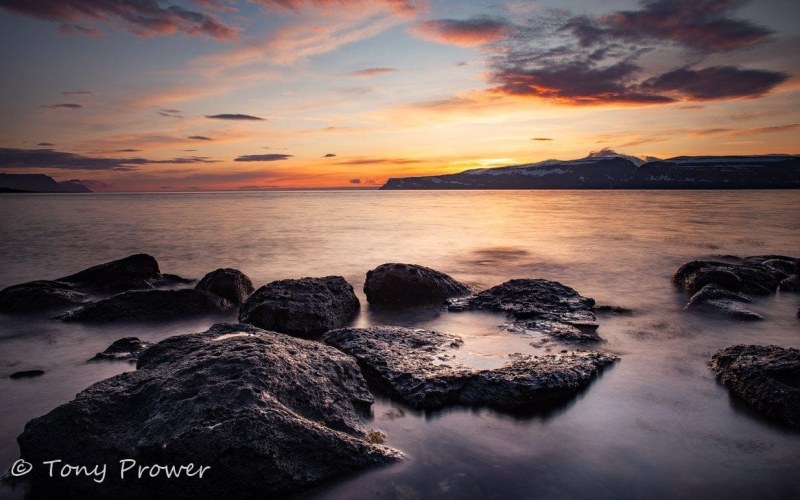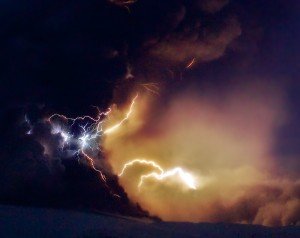Number Crunching
Next time you are out on a photo shoot with friends, start listening to your discussions with yourself and others. How many of the photography discussions are dominated by number crunching? What percentage equals mathematics? I know for sure that 80% of the questions I get in the field are asking for a number. Some examples; what aperture should I use? what iso settings? what shutter speed? These are f-stop questions mostly. Calculating f-stops involves either doubling the value (+1 f-stop) or halving the value (-1 f-stop). If I need to increase my exposure by 1 stop and I am shooting iso 800, I could double my iso to 1600. To achieve a +1 F-stop in aperture settings, you might go from f/11 – f/5.6, to achieve -1 f-stop, you might go from f/8-f/16

Some algebras
Try writing it down. Draw a table with a matrix showing all the apertures with corresponding shutter speeds at various iso settings, factor in a Vari-ND.
Now tear it up and burn it. The point of this article is to encourage the use of semi-automatic camera modes – yes, AV and TV mode (depends on make and model). Using Aperture Value or Time Value modes lets the camera do half the maths for you! The point of this is to allow your visual brain to dominate without the distraction of number crunching and soul destroying maths.
Leave the Maths Out
Don’t eliminate the Maths entirely, the Maths in photography is beautiful. Photography is full of many interesting interactions and it is worth studying and understanding, but study it with your camera in your back yard. Out on location, it is best to use your brain for looking rather than counting. In the Semi-automatic modes, as long as you are mindful of your initial value (i.e. f/11) and have chosen a suitable Compensation, you can then concentrate fully on your composition and focus. You might not feel comfortable handing over some of the responsibility to your camera, but consider this. You only truly see a novel scene in the first 2 seconds. After that, the mind starts processing things and that magic can be lost if your mind goes back to maths class.
It’s not lazy!
Well, yes it is actually, but I would like you to consider lazy as a positive word. Laziness is a fundamental part of the learning process, we would be no where without it. The truth is that most lazy people work 10 times as hard as others maintaining their laziness. Necessity is the mother of invention, but laziness is the father. So you get creative points with this technique. Ask yourself, which mental trait is the opposite of “Creative”? Who is lazier, a photographer who drives 4 hours then hikes 2 hours to take a photo in a semi-automatic mode, of the photographer who takes a photo from the carpark in manual mode?
The trick is knowing when to let the camera do the work, so you can get into the scene, then it is just a matter of feeling the scene with your lens. There will be times when you are on a really great shot and you have the time to get back to the Maths and experiment.
Landscape settings
Tripod Landscape shoot, my typical camera settings (not Magic Cloth):
- AV – Aperture Value Mode = f/11
- Exposure Compensation ( -/+ ) = +2/3rds of a stop
- ISO – sensitivity = 100-200iso
- self timer = 2 sec (for wide angle)
- Mirror lock = on (or maybe not for longer exposures)
This will give me a well exposed landscape image (at 14bit) with a nice Depth of Field and sharpness and all I have to do is point the lens in the right direction. Admittedly there are numbers and even calculations involve in these camera setting. What is important is that all the maths has been done in advance.
Feel the Scene
Now if my tripod skills are up to scratch, I can become fluid in the landscape able to move around and use my visual brain to feel the scene with my lens. The only camera adjustments I have to make are to adjust the compensation according to the amount of sky in the composition, or to adjust the aperture for example if the composition become foreground rich, or foreground less. I need to establish a good focal point, but this can be done without numbers.
Develop Your Instincts
In situations like this, I may have eliminated most of the mathematics, but I haven’t eliminated all thought. I can still think visually to compose. I will consider depth cues such as occlusion and height in the visual field. I will have an instinct for the amount of exposure compensation. Being very familiar with a prime lens can also lead to an instinct regarding focus.

Pythagoras
If you are good at numbers or you are keen on pure photography with everything manual, then why not use some mathematics and master photography that way. Anyway, you can still take photos in manual mode with half the camera settings in place. Making small adjustments to one variable with each scenic composition doesn’t have to be mathematical.





























